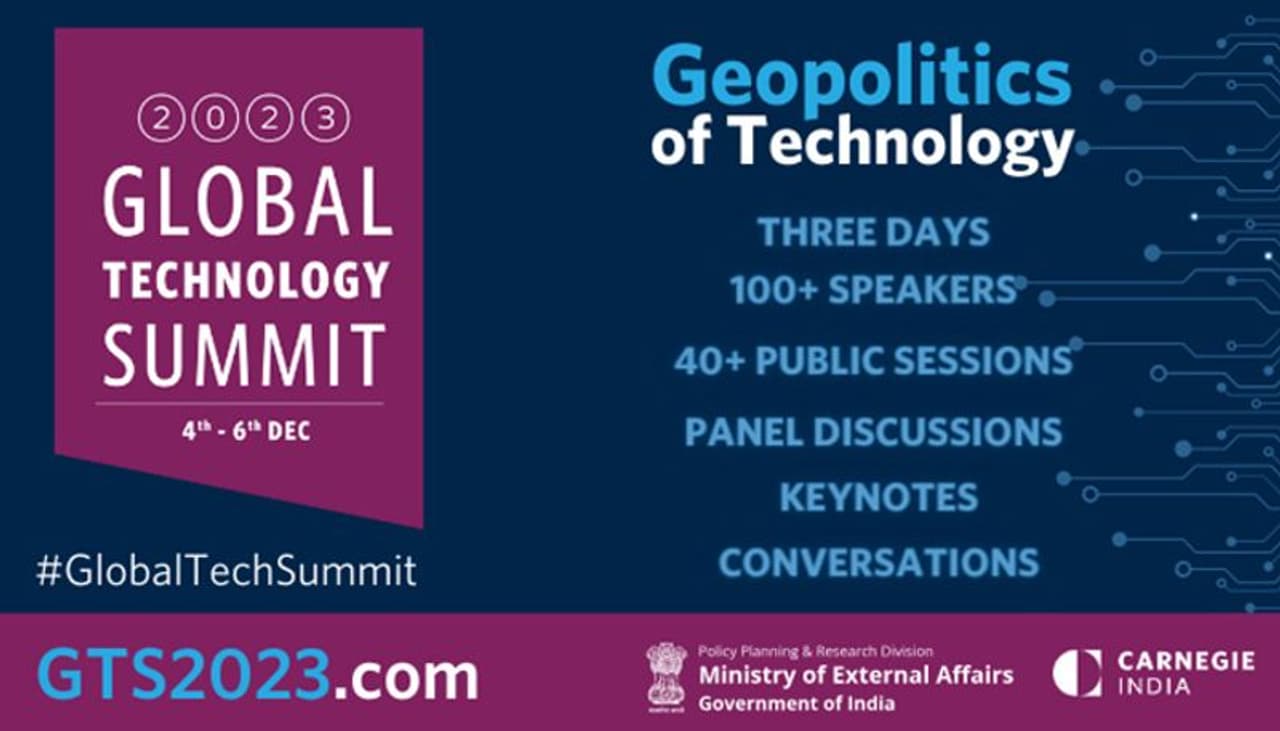Amidst this, India, soon to be the third-largest AI economy, has yet to take a stance on AI governance and appears to be assessing this new technology before taking concrete action.
The world today is witnessing a new technological revolution with the advent of accessible artificial intelligence (AI) tools. While AI has been developing consistently over the past few years, it has now exploded into the everyday life of the global citizen. Stemming from an increased focus on building AI for the public and the development of easily accessible AI tools and their widespread use, this new technology is being increasingly viewed as a critical means to achieve societal outcomes. Various AI technologies are deployed across sectors like healthcare, agriculture, and education to predict outcomes, monitor progress, optimize processes, and streamline service delivery, significantly benefiting the global economy. Recent estimates suggest that generative AI alone could create value between $2.6 trillion and $4.4 trillion annually.

The expansion of AI comes with a push for its governance, which primarily arises from the need to ensure continuous innovation while mitigating existing and potential risks stemming from unchecked AI usage. These include risks from monopolization and dominance, security risks arising from the spread of disinformation and the misuse of generative AI, and even risks to individuals and communities through AI datasets and systems that are unsafe, biased, or discriminatory.
In this context, a stable regulatory environment for AI development and governance becomes a priority. A range of different approaches to AI governance are in consideration across jurisdictions. Three broad approaches to AI development and governance seem to be emerging, one led by the United States, another by the EU, and a third by China. While nations like the United States, the United Kingdom, and Japan are looking to govern AI through industry self-regulation and guiding principles, the EU, along with countries like Canada and Brazil, appears to be leaning toward issuing formal legislation for the strict regulation of AI. China is also adopting a prescriptive approach but through the deployment of precise regulations to govern specific AI technologies. Each approach is tailored to meet the interests of the governing jurisdiction, resulting in a fragmented global approach to AI regulation.

Amidst this, India, soon to be the third-largest AI economy, has yet to take a stance on AI governance and appears to be assessing this new technology before taking concrete action. This aligns with India’s broader approach of charting its own regulatory path when it comes to emerging technologies. While influenced by regulatory regimes in the West, India’s approach to governance stems primarily from its domestic policy priorities. The government has also outlined this vision in key documents, including the Union Budget 2023, and has clearly presented its intent to regulate AI through the proposed Digital India Act. Significant emphasis has been placed on achieving the two-fold goal of securing domestic advancements and regulating technology systems and data to serve national interests. Parallelly, the government is also actively focused on reducing the risk of data dominance posed by major foreign technology giants in the Indian market. In the same vein, concerns around market dominance by foreign participants have led to policies that encourage domestic innovation, production, and control over technology. This domestic emphasis has given rise to a homegrown techno-legal framework that integrates regulatory design with underlying systems to implement policy objectives inherently through technology.
India may choose to develop its own regime with respect to AI governance, rather than slot itself within existing regulatory approaches in other jurisdictions. By doing so, it could introduce an alternative regulatory framework suitable for countries in the Global South in a form that meets their specific priorities and interests.
Despite AI offering opportunities to catalyze and democratize service delivery in the Global South, critical challenges unique to developing nations persist, alongside broader AI-associated risks. While specific challenges vary between countries, common threads persist across the Global South, including substantial infrastructure challenges and skewed data modelling originating from the Global North. The infrastructure challenges stem from the substantial data required for training AI systems and the high number of computing resources required in this process. As many Global South countries develop their AI strategies, the absence of strong data protection and AI policies can foster increased misuse.
By developing a more customized approach to AI governance that addresses these concerns while simultaneously building on the strengths of developing nations—such as leveraging growing populations to develop significant AI databases—India has the opportunity to position itself as a global AI leader. To achieve this, multilateral frameworks around AI could play a critical role, enabling India to develop its stance and engage with other nations effectively. For example, the UN continues to be the key multilateral forum with universal representation and therefore occupies a unique space in AI governance. Cognizant of the same, it has recently instituted the creation of a multistakeholder advisory body on global AI cooperation. However, how it may work across multiple jurisdictions across geographies remains to be seen. India is also slated to helm the Global Partnership on Artificial Intelligence (GPAI) Summit but stands as one of merely four Global South nations among twenty-nine members. India should use its chairmanship of the GPAI to highlight the need of building responsible and inclusive AI systems for the Global South.
Contextual discussions around AI are becoming increasingly necessary, leading to the formation of various groups. For instance, BRICS nations recently announced an AI study group to research and assess AI capabilities. Global multilateral institutions like UNESCO have also recently created regional forums for AI in Africa and Latin America. In this setting, Global South countries must identify or eventually create institutions that can work together cross-sectionally on AI across jurisdictions.
For India to lead in AI governance, a comprehensive strategy is necessary, considering its relatively limited foundational capacity for AI infrastructure compared to other jurisdictions that have begun setting norms. Before participating in the creation of common regulatory frameworks, India must clearly define its approach. In doing so, it will need to find a way to leverage the vast benefits of AI while navigating its risks, particularly those that could disrupt its human capital at significant costs. As the GPAI approaches, clarifying its AI strategy could position India as an AI norm-setter for the Global South, spearheading regional initiatives.
Disclaimer: This is a featured content
